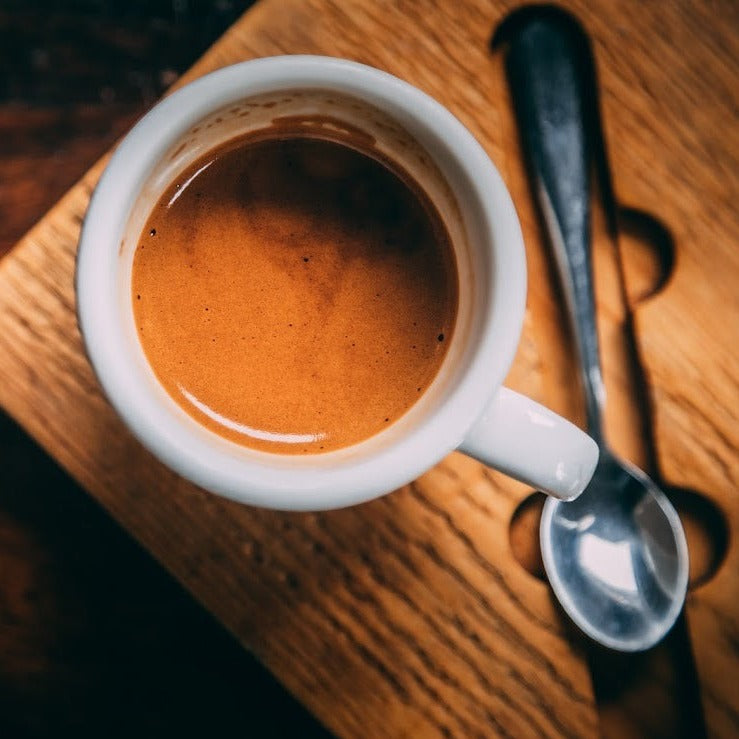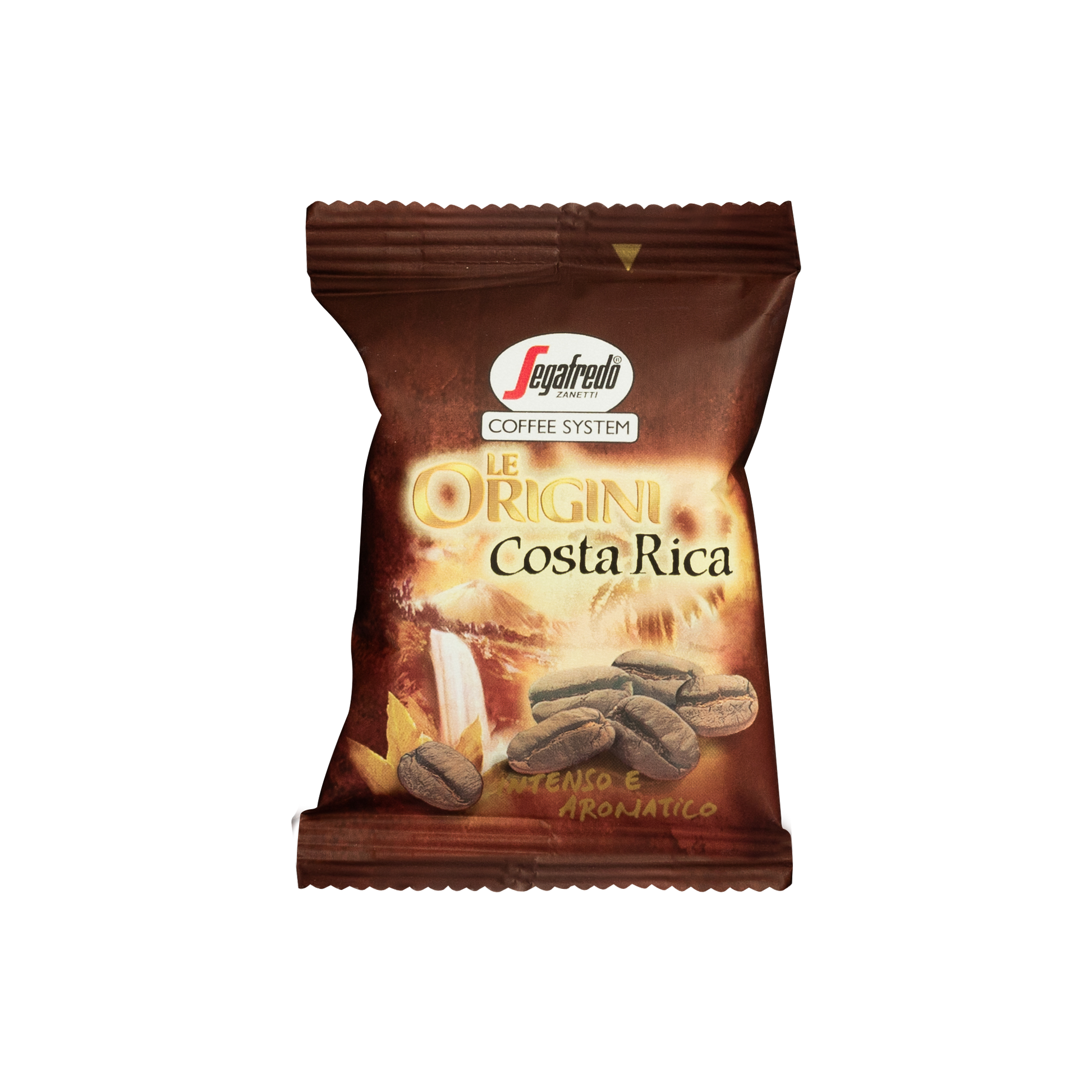Discovering the Abundant Tastes of Coffee Beans: a Deep Study Coffee and Blended Coffee Beans
When you explore the abundant flavors of coffee beans, you uncover an intricate globe where each variety brings its very own character to your mug. As you browse through the art of coffee and the imagination behind blended coffees, you'll start to appreciate the subtleties that make each sip one-of-a-kind.
The Beginnings of Coffee Beans: Exploring Terroir and Flavor Profiles
When you take a sip of coffee, you're not simply enjoying a beverage; you're experiencing an abundant tapestry of tastes shaped by the beans' origins. Each area creates one-of-a-kind flavor profiles affected by soil, environment, and altitude. Beans from Ethiopia usually rupture with intense, fruity notes, while those from Colombia have a tendency to supply a well balanced, nutty sweet taste.
As you check out various origins, you'll notice just how terroir-- the environmental elements affecting a crop-- plays an essential function - Single Origin Espresso. The same coffee selection can taste dramatically various depending on where it's grown
When you consider these factors, you begin to value the complexity behind your cup. Each sip narrates of the land and the farmers who nurtured the beans. Following time you indulge, think about the journey your coffee took before it reached your hands, and enjoy those elaborate flavors that show its origin.
Comprehending Espresso: The Art and Scientific Research Behind the Mixture
When you think of coffee, it's not almost the strong flavor; it's also concerning the techniques that bring it to life. Comprehending how different prep work approaches influence preference can transform your brewing experience. Allow's discover the details of coffee preparation and uncover the distinct flavor accounts that make each mug special.
Espresso Preparation Strategies
Coffee prep work is both a science and an art, combining exact strategies with a deep understanding of coffee. To start, you'll want to choose top notch, freshly baked beans and grind them carefully for perfect removal (Single Origin Espresso). The work dimension is crucial; as well rugged, and your espresso will be weak, also fine, and it'll be bitter
Following, tamp the grounds equally in the portafilter to ensure uniform removal. When you lock it right into the maker, objective for a developing temperature level between 190 ° F and 205 °
F.As you draw the shot, watch for the excellent removal time-- around 25-30 seconds. The outcome ought to be an abundant, velvety espresso with a lovely layer of crema on the top. With practice, you'll understand these methods.
Flavor Profiles Described
The world of coffee provides a rich tapestry of flavor profiles that can raise your coffee experience. Light roasts usually display intense level of acidity and vibrant flavors, while dark roasts present deeper, bolder tones.
Comprehending these accounts aids you pick the right espresso for your taste buds. Try out various blends can reveal unexpected combinations. A well-crafted blend may integrate the intense notes of an Ethiopian bean with the rich, chocolatey touches of a Brazilian bean. Embrace the journey of finding coffee's varied tastes, and you'll change your coffee routine right into an interesting journey.
Processing Approaches: Just How They Influence Flavor and Aroma
While it may seem that the beginning of coffee beans is one of the most significant factor in determining their taste and fragrance, the processing methods made use of post-harvest play a similarly necessary function. You'll find that these approaches can dramatically modify the final taste account of your cup.
For instance, the washed procedure eliminates the fruit from the beans prior to fermentation, often bring about a cleaner, brighter taste. The natural procedure leaves the fruit intact throughout drying, resulting in a sweeter, fruitier account.
Various other methods, like honey processing, strike a balance, allowing some fruit mucilage to remain, offering an unique complexity.
Each handling method communicates with the beans' intrinsic attributes, improving or silencing details tastes and aromas. When you sip that coffee or blended coffee, keep in mind that the trip from cherry to mug is influenced not just by beginning yet also by exactly how those beans were processed.
Roasting Methods: Opening the Complete Potential of Coffee Beans
Roasting methods are essential for exposing the complete potential of coffee beans, as they transform raw, environment-friendly beans into the fragrant, delicious coffee you enjoy. try these out The selection of roasting approach-- light, medium, or dark-- dramatically affects flavor accounts. Light roasts protect the beans' natural level of acidity and fruity notes, while medium roasts balance sweet taste and richness. Dark roasts, on the various other hand, emphasize bold, smoky flavors.
A slower roast at lower temperature levels enables for complicated flavors to create, while a quicker roast can increase resentment. By mastering these strategies, you'll disclose a world of flavor, boosting your coffee experience to brand-new heights.
The Magic of Blended Coffee: Creating One-of-a-kind Taste Experiences
Creating a distinct flavor experience with blended coffee can change your early morning ritual into an exploration of preference. By integrating different beans from different areas, you can expose a harmony of flavors that raise your mug to brand-new heights. Each mix deals a distinctive profile, stabilizing sweetness, acidity, and body to create something truly unique.
When you pick a mix, you're not just picking a coffee; you're picking a trip across diverse landscapes and societies. Explore various combinations allows you to discover your individual favorites, whether you enjoy fruity notes or abundant, chocolatey undertones.

Sampling Notes: Recognizing the Nuances in Your Mug
As you drink your coffee, you could discover a spectrum of tastes dancing on your taste, each revealing the ins and outs of the beans. You might taste the intense acidity similar to citrus or the deep, abundant notes comparable to dark delicious chocolate. The sweetness could evoke honey or sugar, stabilizing the general account magnificently.
Focus on the body of the coffee-- does it really feel light and ventilated, or is it complete and luscious? The finish, too, provides hints; a sticking around aftertaste might mean nuttiness or flower touches.

Do not neglect to discover the one-of-a-kind features of various beginnings, as each region passes on unique flavors - Single Origin Espresso. For example, Ethiopian coffees often existing fruity notes, while Colombian beans could display an extra spherical sweet taste. By identifying these subtleties, you'll grow your recognition for every cup, elevating your coffee experience to brand-new elevations

Brewing Techniques: Optimizing Flavor Extraction for Every Bean
When you explore the numerous developing approaches, you'll find that each method can considerably impact the flavor account of your coffee. From French press to pour-over, each technique essences various substances, improving or muting specific notes. Utilizing a French press enables oils to remain in the mixture, producing a richer taste, while pour-over stresses clearness and brightness.
Temperature and grind size also play essential duties. A coarser work works best for cold mixtures, while a fine grind is excellent for coffee. Exploring with water temperature-- in between 195 ° F and 205 ° F-- can reveal covert flavors, also.
Do not forget soaking time; a quick removal can bring about sour notes, while over-extraction might yield anger. By changing these variables, you can optimize taste extraction and genuinely elevate your coffee experience. Appreciate the journey of finding what approach best fits your taste buds!
Frequently Asked Concerns
What Is the Suitable Water Temperature Level for Brewing Coffee?
The suitable water temperature level for brewing coffee's between 195 ° F and 205 ° F. If you make use of water that's too hot, you'll over-extract tastes; too chilly, and you will not extract enough. Go for that wonderful place for the best brew!
Exactly How Does Work Dimension Influence Coffee Taste?
Grind size substantially influences coffee flavor. Finer grinds essence extra flavors and oils, leading to a bolder taste, while coarser grinds return a lighter taste. Adjusting grind size helps you achieve your preferred coffee profile.
Are There Health And Wellness Perks Linked With Alcohol Consumption Coffee?

What Is the Difference Between Arabica and Robusta Beans?
Arabica beans are smoother and sweeter, typically including fruity tastes, while robusta beans are more powerful with a bitter taste and greater high levels of caffeine web content. You'll observe these distinctions in see post fragrance and developing experience.
How Can I Store Coffee Beans for Freshness?
To save coffee beans for quality, maintain them in an impermeable container, far from warm, wetness, and light. You'll preserve their taste longer if you just grind what you require right before brewing.
Discovering the Rich Flavors of Coffee Beans: a Deep Dive Into Coffee and Blended Coffee Beans.
When you discover the abundant flavors of coffee beans, you discover a complex world where each variety brings its very own personality to your mug.When you take a sip of coffee, you're not simply enjoying a beverage; you're experiencing an abundant tapestry of flavors shaped by the beans' beginnings.Roasting methods are necessary for exposing the full capacity of coffee beans, as they change raw, environment-friendly beans into the fragrant, delicious coffee you take pleasure in.As you sip your coffee, you could see a range of flavors dancing on your palate, each disclosing the ins and outs of the beans.
Comments on “Experience the Difference with Just-Roasted SOE Single Origin Espresso”